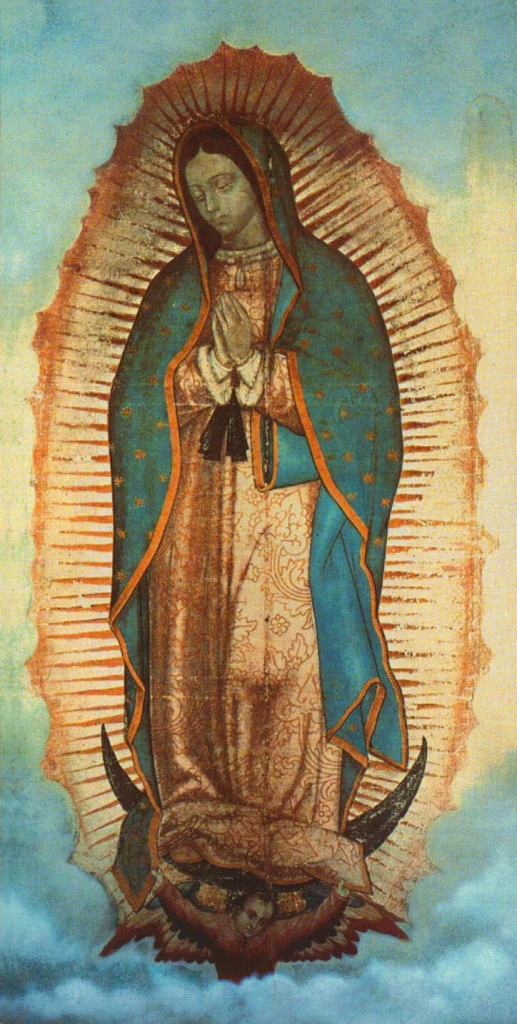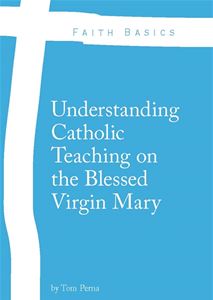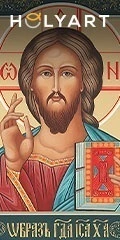1. Saint Athanasius – The Father of Orthodoxy (297-373)
2. Saint Ephraem the Deacon – Harp of the Holy Ghost (306-373)
3. Saint Cyril of Jerusalem – Doctor of Catechesis (315-386)
4. St. Hilary of Poitiers – The Athanasius of the West (315-368)
5. Saint Gregory of Nazianzen – The Theologian (330-389)
6. Saint Basil the Great – Father of Eastern Monasticism (330-379)
7. St. Ambrose – Patron of the Veneration of Mary (340-397)
8. Saint Jerome – Father of Biblical Science (342-420); The Words of Saint Jerome
9. Saint John Chrysostom – The Golden Mouthed (347-407); The Words of Saint John Chrysostom
10. Saint Augustine of Hippo – The Doctor of Grace (354-430); The Words of Saint Augustine of Hippo
11. St. Cyril of Alexandria – Defender of the Incarnation and the Theotokos (376-444)
12. Pope Saint Leo the Great: Doctor of the Unity of the Church (400-461); The Words of Pope Saint Leo the Great
13. Saint Peter Chrysologus – The Golden-Word (406-450)
14. Saint Pope Gregory I – The Greatest of the Great (540-604); The Words of Saint Pope Gregory I
15. St. Isidore of Seville – Schoolmaster of the Middle Ages (560-636)
16. St. Bede the Venerable – Father of English History (673-735)
17. Saint John Damascene – Doctor of Christian Art (676-749)
18. St. Gregory of Narek – The Armenian Mystic (950-1003)
19. Saint Peter Damian – Monitor to the Popes (1007-1072)
20. St. Anselm – The Father of Scholasticism (1033-1109)
21. Saint Bernard of Clairvaux: The Honey-Sweet Doctor (1090-1153)
22. Saint Anthony of Padua – Hammer of the Heretics (1195-1231)
23. St. Hildegard of Bingen – The Sybil of the Rhine (1098-1179)
24. Saint Albert the Great – The Universal Doctor (1206-1280)
25. St. Bonaventure – The Seraphic Doctor (1221-1274)
26. Saint Thomas Aquinas – The Angelic Doctor (1225-1274)
27. Saint Catherine of Siena – Mystic of the Incarnate Word (1347-1380)
28. Saint John of Avila – Apostle of Andalusia (1500-1569)
29. Saint Teresa of Avila – Doctor of Prayer (1515-1582); The Words of Saint Teresa of Avila
30. St. Peter Canisius – Doctor of the Catechism (1521-1597)
31. St. Robert Bellarmine – Patron of Catechists (1542-1521)
32. St. John of the Cross – Doctor of Mystical Theology (1542-1591)
33. Saint Lawrence of Brindisi – Priest and Doctor of the Church (1559-1619)
34. Saint Francis de Sales – Patron of the Catholic Press (1567-1622)
35. Saint Alphonsus Ligouri – The Patron of Theologians (1696-1787)
36. Saint Thérèse of Lisieux – Doctor of Merciful Love (1873-1897); Offering to Merciful Love










Hi Tom
Greetings from NZ . Enjoy your blog. Just a thought, as a Doctor of the Church Ephrem is unique because he was a Deacon. The others are mostly listed as Bishops etc. maybe good to list Ephrem as a Deacon because he is the only one such in this group. On the Vigil of The Feast of St Lawrence the Deacon and Martyr, as I said just a thought.
Hi Deacon Nick – Thanks for the heads up on that point. I will write an entire blog post on him when his memorial comes up next June in the liturgical calendar. The Doctors of the Church page on this blog is a new project that will take me about one year to finish. There are 10 Doctors that are finished at the moment. The idea came to me when friend said that many Catholics are unaware of the Doctors of the Church.
I am hoping to write a blog post on St. Lawrence the Deacon as well. It will post very late for you on Saturday night since you are 19 hours ahead of me. I having been writing a lot on the saints as well recently since they are important for us to know during this Year of Faith and of course beyond.
Hope you can pass my blog unto others in NZ. In the Peace of Christ through Mary!
Tom,
Women and men experience God or evil in different ways: so why priests provide men with more example to follow, through the men-doctors of the church, while women are provided with much less examples through women-doctors of the church ?
Priests designated only 4 women , but 31 men as Doctors .
I am not really sure what you are asking in this comment. “Priests designated only 4 women” – this comment is unclear.
Why can’t someone find examples in both men and women? Personally, I get more out of St. Teresa of Avila and St. Therese of Lisieux than some of men Doctors. I encourage you not to make this about gender because it has nothing to do with that.
Thank you Tom for your answer: you may not publish my comment;
the reason I asked about gender split 4/31 is because even we have more men than women Doctors, we women, can not find in the writings of men-Doctors, the reason of increasing fatherless children.
Some women at our parishes, thought that if we have more women-Doctors of the Church, we may be able to understand what is the logic or the heart of men who leave their children fatherless.
I don’t think you will find that in the writings of any of the Doctors of the Church, the men or the women. I imagine some have written on the importance of families, but don’t know that off that top of my head. It’s something I would have to research.
Tom: You have left out the 2 most recent additions by Pope Benedict XVI in 2012: St. John of Avila and St. Hildegarde of Bingen. God Bless.
Hello – I have not left them out. St. Hildegard is #22 and St. John of Avila is #27. They are not in the order they became Doctors, but in chronological order.
Hello Mr. Perna: Have been watching your listing of the Doctors of the Church, since I found a post on 12/5.of 2013. Noticed today as I was looking at the posted list, and found that #18 listed St.Gregory of Nareck, this I don’t remember where if found the declaration, but this same saint was declared on 2/24/2015, noting that he was an Armenian Christian, Father was a priest of the Eastern Church, feast day is noted to be on Oct. 13. Am I wrong? Really appreciate your blog and have signed on as of to day, 9/29/2015
Hi William – Yes, he was a Doctor of the Church, but the first to not be in communion with Rome directly. It looks like from what I have found that his memorial day is February 27. This article from Catholic World Report gives him more justice than what I have explained to you – http://www.catholicworldreport.com/Item/3719/st_gregory_of_narek_was_the_new_doctor_of_the_church_a_catholic.aspx
Thank you for following my blog as of today. Hope you can purchase a copy of my first book, which is located on the homepage of this blog.